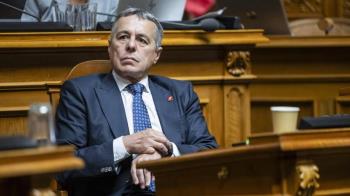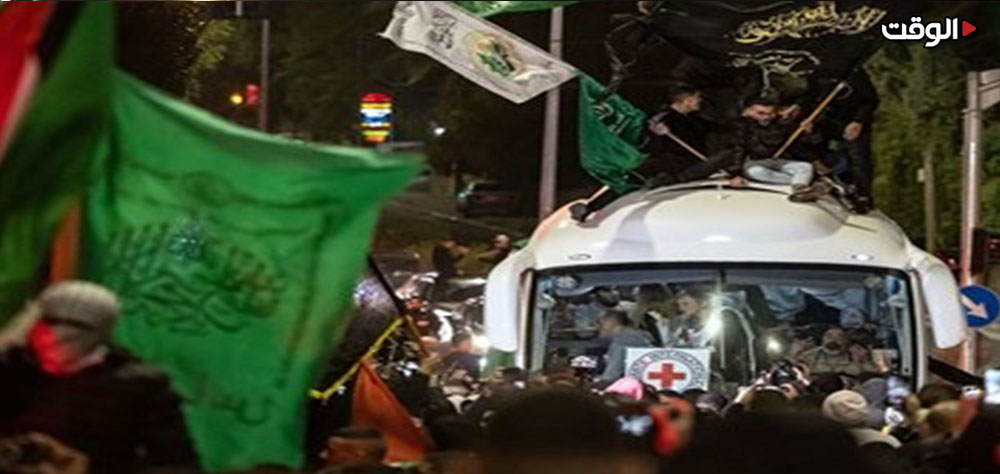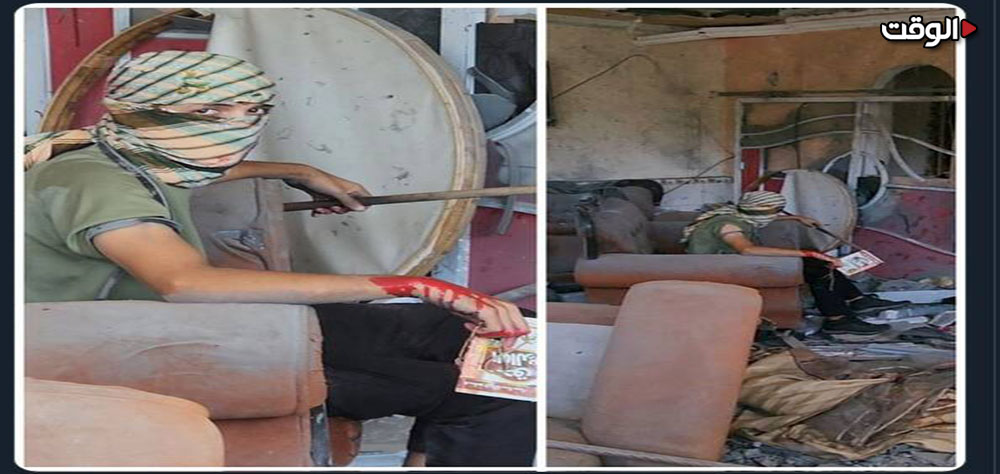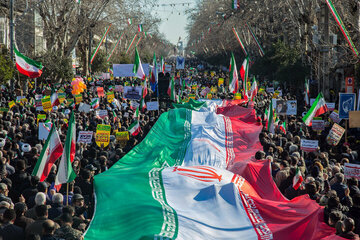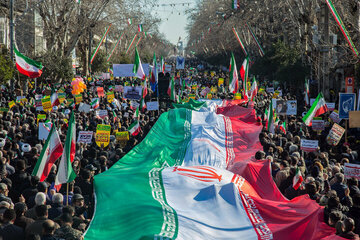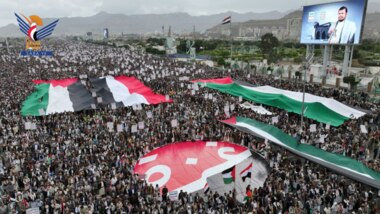Alwaght- Five years after eruption of the Syrian crisis, the form and structure of future political system and the relations between the ethnic, religious, and ideological identities in the country remain in a state of uncertainty. While the war in Syria and the polarizations of the internal groups and their foreign supporters came to existence based on the binary system of supporters and opponents of the Syrian President Bashar al-Assad, the course of developments now is being shaped in a way that its fundamental cohesion is suffering from a functional disruption which makes us fail to accurately analyze the major players' behavior and also predict the events on the ground.
For example, in 2014 the US launched air raids at positions of ISIS terrorist group, making the status of war on the ground develop practically in favor of President Assad. Moreover, ISIS and Al-Nusra Front, a branch of Al-Qaeda in Syria, started to fiercely clash after Ayman al-Zawahiri, the leader of Al-Qaeda terrorist group, in November 2014 sent out an audio message, calling ISIS an apostate group.
The very latest example of the changes in alliances is that the US-backed Kurdish People's Protection Units (YPG), which are stationed in Aleppo’s Sheikh Maqsood neighborhood, have allied with Syrian government’s army that has the backing of Russia and Iran. The cooperation aimed at fighting the rebels in the area. But what is behind this change in the camps and groupings, and rise of fluid and periodic alliances? What outlook can be presented for the future of the Syrian developments with consideration of this change of alliances?
Without doubt, in the center of any alliance there are one of more common matters which play as linking points of the parts of the alliance. In case of Syria perhaps it can be said that gaining interests or even more exactly expanding the seized areas by use of passing coalitions is the major drive and a determining factor of the behavior of the players on the ground. But such a notion ignores a fundamental reality in connection with the Syrian developments: all these political and military alliances rely on impairment of the religious fundamentalists, at least in words.
This analysis is aiming at bringing in spotlight the roots of alliances and unions in Syria’s crisis in a bid to present an outlook for the future of the crisis.
Ideological consistency
The major driving forces behind the uprisings and social campaigns can be said to be the demands for democracy and the right to determine the fate, secularism, human rights respect, equality for the minorities, religious tolerance, and social justice. Therefore, in the process of making changes and starting transformation, the campaigns and uprisings that are more consistent with the requirements of the time in terms of ideology can be more reflective, vocal and well heard by the media. They can draw further international support and sympathy.
Having this in mind, now we can have a pattern of the temporary political and military collaborations between the active forces of the Syrian conflict's developments. In a bid to press ahead for their goals and interests, these players will persistently strive to act in a way that shows the most consistency and the least conflict with the major driving forces of uprisings and movements. A look at the proposals presented by different sides of the Syrian conflict to settle the devastating crisis can make this clear. All of the settlement plans offered by the UN envoys or the relative players in separation or as part of an agreed-upon deal– like the agreement of the so-called Friends of Syria Group dubbed Geneva I– insist on the following common principles, no matter what intent or objective is behind them:
They insist on the political solution of the conflict, the right of the Syrians to determine their fate, barring the foreign countries from intervention in the future of the country, peaceful settlement of the problems, holding free elections, democratic transition of the political officials in compliance with the popular demands, negation of violence, equality for the rights of the minorities, rejection of discriminatory behaviors, the right for holding peaceful rallies, and release of the political prisoners.
In fact, emphasis of the relevant sides of the conflict on these common principles paves the way for any measures by them. The result is failing to reach a collectively-accepted deal by all of the involved parties to put an end to the crisis in Syria.
Common enemy
The efforts for compliance with the driving forces of uprising have provided the relevant players of the Syrian crisis with a possibility to paint fair and legitimate their chase of goals and interests while they do so using force– something in conflict with the democratic principles of their proposals for peace and de-conflicting. Appearance of new alliances and groupings for military confrontation of the Salafist sides of the Syrian conflict including ISIS and al-Nusra Front, which are named terrorists according to today's hegemonic language, can be interpreted as part of this wide picture. The reason behind branding the Salafist groups terrorist forces is not that they are committing crimes and killing the civilians– this is something also done by the US as its drones are killing the civilians in the crisis flashpoints in the region. Actually, the reason for calling ISIS and al-Nusra Front terrorist groups lies in the fact of the Salafist groups' ideological goals and ideals that push them to kill the others because they find them inconsistent with their values– something running counter to the values governing the war-related principles of the international organizations like the Geneva Convention on treatment of the civilians, and UN's Universal Declaration of Human Rights. This issue drives even governments and countries that are supporting these groups militarily and financially– or at least were doing so for some time– to officially condemn these groups' criminal acts, and try to deny reports and evidences proving their backing for these militant groups.
The future of Syrian crisis
Although it is so difficult to make predictions on the future of a crisis that have been rolling on for over five years and has foiled many attempts for finding settlement for it, perhaps it is possible to be optimistic that the periodic and passing military cooperation to fight a common enemy, namely ISIS, can lead to reactivation of the peace negotiations.
The actions of such Salafist groups as ISIS terrorist group including organized killing of the civilians across the world can form a background for further joint working of the non-Salafist rivals like the Kurds, Alawites, and Sunni Arabs, as well as their foreign backers specifically the US and Russia in a bid to put an end to the war, massacring, and displacement of a majority of the Syrian people. But in the future of Syria and its people– no matter Balkanized or Lebanonized– the political ideologies which are products of ethnic, religious, and lingual identities for their survival will need to come out of their hard and established shells, be open to the democratic requirements, forsake the heterophobic supremacism, and recognize the equality in the political, social, and economic relations with other identities.


